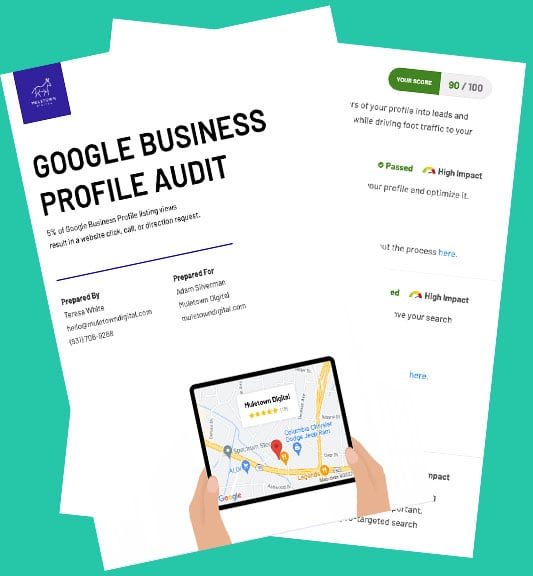10 Reasons Why Your Website Isn't Converting
Hey there, it’s Adam Silverman from Muletown Digital. If you’ve been scratching your head over why your website isn’t turning visitors into customers, you’re not alone. In today’s post, we’re going to explore 10 common reasons why your website might not be converting as well as it could—and more importantly, what you can do to turn things around.
Conversion, simply put, is any action a visitor takes on your site that moves them closer to becoming a customer. This could be as significant as making a purchase or as subtle as signing up for your newsletter. Understanding the average conversion rate, which typically falls between 2% and 5%, is essential for evaluating your website’s performance. But if you’re seeing a high bounce rate, it might mean that your visitors are not finding what they’re looking for and are leaving before taking any meaningful action. Let’s dive in.
Understanding Website Conversion
What is Website Conversion?
A website conversion is any action a visitor takes on your site that aligns with your business goals. This could be anything from signing up for a newsletter, purchasing a product, or filling out a contact form. Essentially, website conversions are the key actions you want your visitors to take, and they are crucial for measuring the success of your website. By tracking these conversions, you can gauge how well your site is performing in driving desired actions from your visitors.
How to Calculate Website Conversion Rate?
Calculating your website conversion rate is straightforward but incredibly insightful. The formula is simple: divide the number of conversions (desired actions taken) by the total number of visitors, then multiply by 100 to get a percentage. For instance, if your web page had 17 sales and 500 visitors last month, your conversion rate would be 17 divided by 500, multiplied by 100, which equals 3.4%. Understanding how to calculate your website conversion rate is essential for analyzing and improving your website’s performance. It helps you identify what’s working and what needs optimization to boost your overall conversion rates.
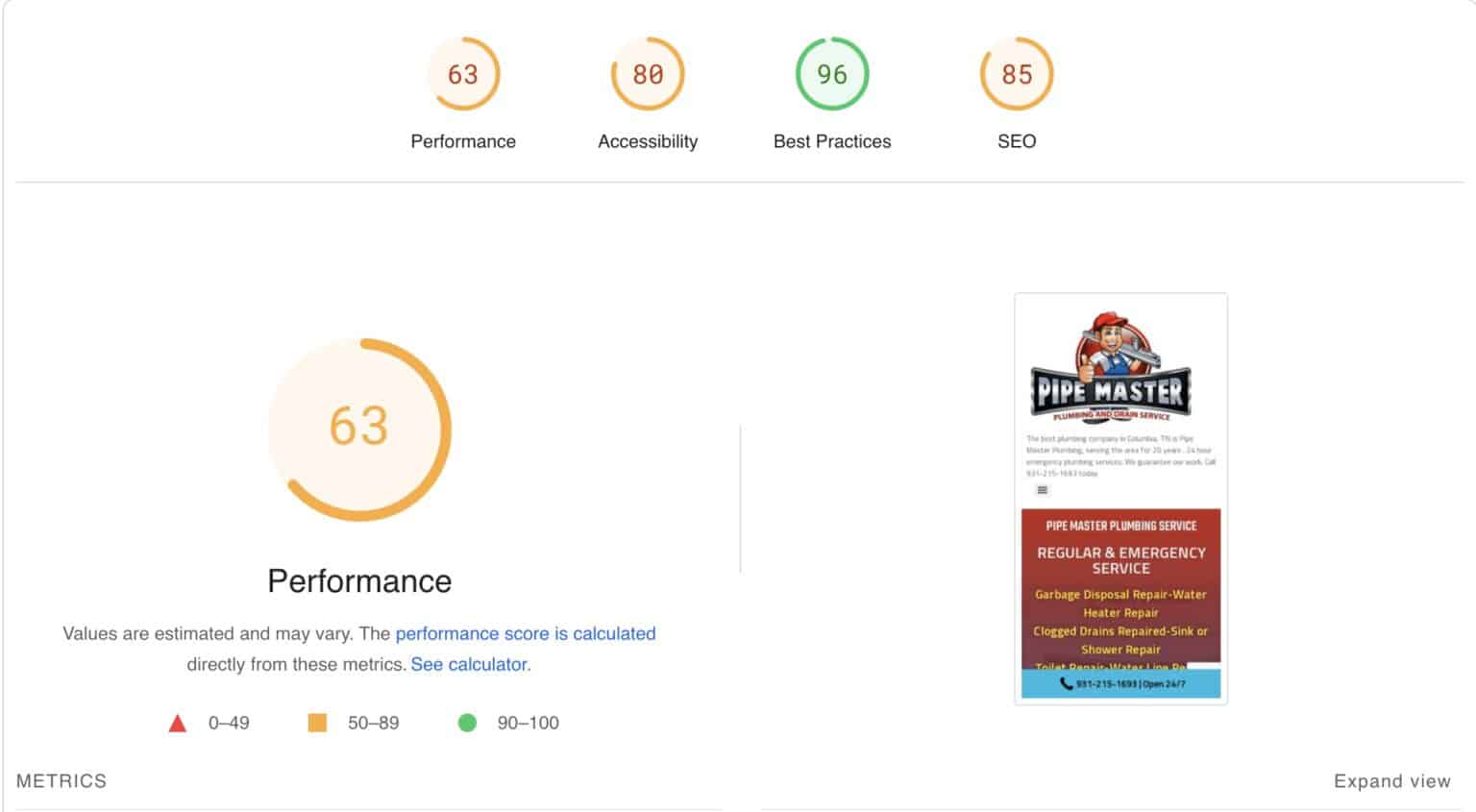
1. Slow Website Speed
One of the first things visitors notice is how fast your website loads. If your site is sluggish, visitors lose patience and click away long before they even see your message.
Why It Matters:
- User Frustration: A slow website creates a frustrating experience that drives potential customers away.
- Bounce Rates: Studies show that a delay of just a few seconds can significantly increase your bounce rate.
- Search Rankings: Google and other search engines factor in page speed when determining your rankings, so a slow site can hurt your SEO efforts.
What You Can Do:
- Optimize Images: Compress high-resolution images without sacrificing quality.
- Minify CSS/JavaScript: Reduce the file size of your code to help pages load faster.
- Leverage Caching: Implement browser caching and a Content Delivery Network (CDN) to serve content quickly.

2. Confusing Navigation
Your website’s navigation should guide visitors seamlessly to the information they need. Confusing or cluttered menus, on the other hand, can leave users disoriented and frustrated.
Why It Matters:
- User Experience: If users can’t easily find what they’re looking for, they’ll likely leave.
- Conversion Paths: A clear navigation structure helps guide visitors toward conversion points, whether that’s a product page, a contact form, or another call-to-action.
What You Can Do:
- Simplify Menus: Keep your navigation menus clean and straightforward.
- Highlight Key Sections: Ensure that important sections like “Products,” “Services,” and “Contact” are prominently displayed.
- Test Your Layout: Use tools and user testing to see if visitors can intuitively navigate your site. Clear navigation can encourage users to take action and improve conversion rates.
Example: I once came across a site with overlapping and hidden navigation elements that left me confused about where to click next. A little reorganization could have made a huge difference.

3. Weak or Confusing Calls-to-Action (CTAs) and Conversion Rate Optimization
Your calls-to-action are the gateways to conversion. If they aren’t clear or compelling, visitors might not know what step to take next.
Why It Matters:
- Guiding Users: CTAs are your way of telling visitors what you want them to do, whether it’s “Buy Now,” “Learn More,” or “Sign Up.”
- Prioritization: If every element on your page looks like a CTA, then none of them stand out, and users can get overwhelmed.
- Clarity: A clear and compelling CTA makes the conversion path obvious.
What You Can Do:
- Simplify Your CTAs: Use clear, action-oriented language.
- Design for Visibility: Make your CTA buttons stand out with contrasting colors and ample white space.
- Test Different Versions: Use A/B testing to determine which CTAs perform best with your audience.
Effective CTAs can significantly impact the average website conversion rate, which was 3.68% in 2023, by motivating visitors to act and increasing conversions.
Observation: Some sites, like certain high-end cosmetics sites, sometimes suffer from having too many equally weighted CTAs, leaving users unsure where to click.

4. Poor Mobile Experience on Mobile Devices
With more people browsing on mobile devices than ever, a website that isn’t optimized for mobile is a conversion killer.
Why It Matters:
- User Accessibility: A site that isn’t mobile-friendly can be difficult or even impossible to navigate on a smartphone.
- SEO Impact: Google prioritizes mobile-friendly websites in its search results.
- User Retention: If your mobile site is clunky or hard to read, visitors are likely to leave.
What You Can Do:
- Responsive Design: Ensure your website adjusts seamlessly to different screen sizes.
- Simplify Navigation: Mobile navigation should be as streamlined as possible.
- Test on Multiple Devices: Regularly test your website on various devices to catch any issues early. Conversion tracking is essential to measure the success of these mobile optimization efforts, helping to transform visitors into customers and refine marketing strategies.
Real-World Example: I recently saw a website that, when viewed on an iPhone, required excessive scrolling and zooming just to read basic content. That’s a huge missed opportunity for conversion.

5. Lack of Trust Signals
Trust is a crucial element in the online world. Visitors need to feel confident that your business is reputable before they’ll convert.
Why It Matters:
- Credibility: Trust signals like client testimonials, partner badges, and security certifications can boost your credibility.
- Reassurance: When visitors see recognizable logos and positive reviews, they’re more likely to take the plunge.
- Competitive Edge: Trust signals can differentiate you from competitors who may not be as forthcoming with their credentials.
What You Can Do:
- Display Testimonials: Showcase customer reviews and case studies.
- Highlight Partnerships: Feature any industry certifications, awards, or partnerships.
- Security Badges: Ensure your site displays SSL certificates and other security badges prominently.
Trust signals can optimize conversions by enhancing user confidence, ensuring that your website is effectively tailored to meet potential customers’ needs and enhance sales.
Tip: Think about what would make you trust a website if you were a potential customer. That’s exactly what you should be aiming for.
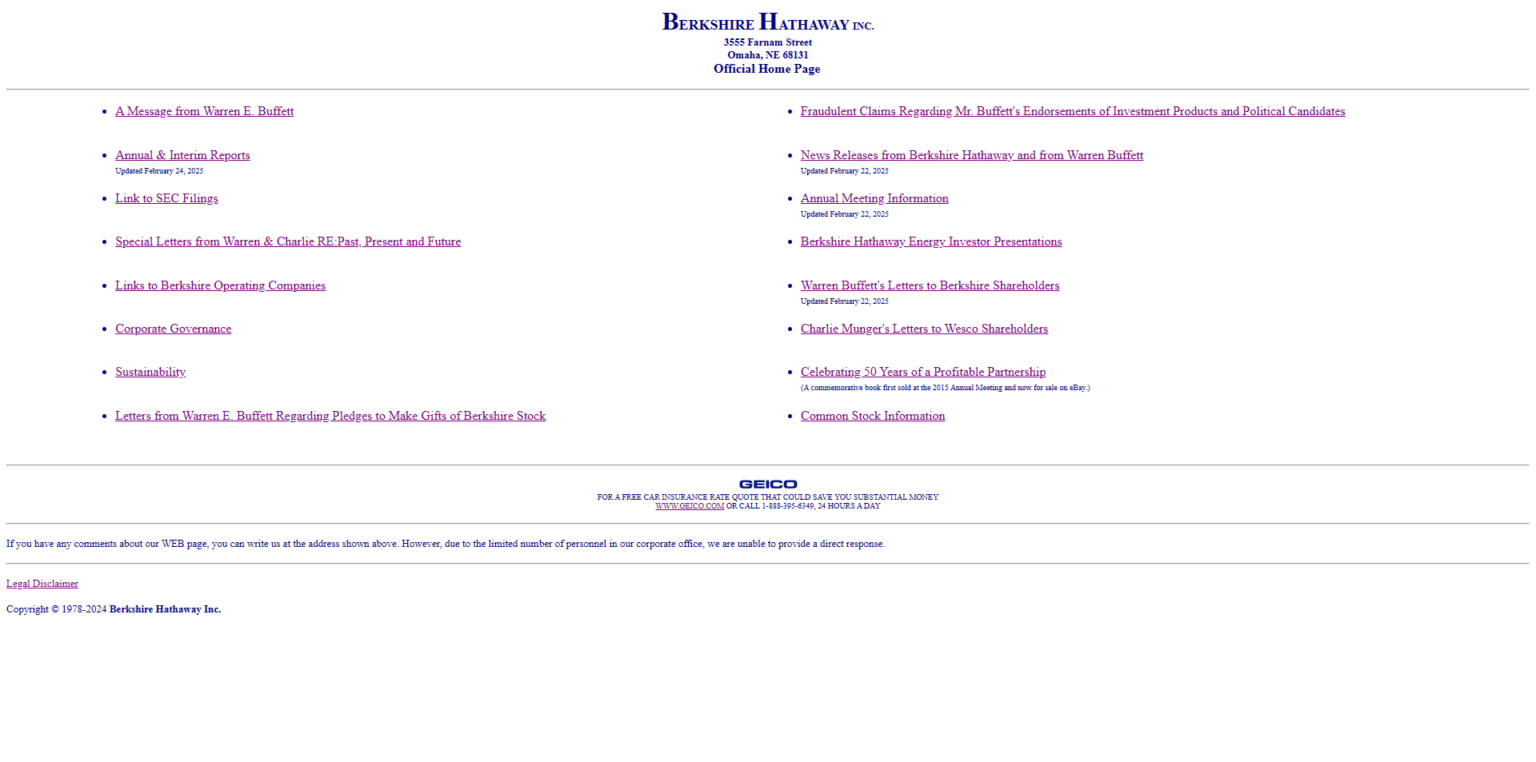
6. Unclear Value Proposition
If visitors can’t immediately understand what makes your business unique, they won’t stick around.
Why It Matters:
- First Impressions: Your value proposition is often the first thing visitors see; it sets the tone for the rest of their experience.
- Differentiation: Clearly articulating your unique selling proposition (USP) helps you stand out from the competition.
- Engagement: A strong value proposition compels visitors to explore your site further and consider your offerings.
What You Can Do:
- Simplify Your Message: Clearly state what makes your business unique in one or two sentences.
- Use Visuals: Complement your message with visuals that reinforce your brand’s personality.
- Test Your Message: Get feedback from real users on whether your value proposition is immediately clear. A clear value proposition can simplify the conversion process by making it easier for visitors to understand the benefits and take the desired actions.
Observation: Some websites just present a wall of text without a clear hook—leaving visitors wondering why they should choose you over someone else.

7. Content Overload
Having too much content, or “SEO bloat,” can actually hinder conversion. When your pages are overloaded with text and information, visitors can feel overwhelmed and lost.
Why It Matters:
- User Overwhelm: Massive walls of text can discourage visitors from engaging with your content.
- Navigation Issues: Too much content makes it hard to find key information, reducing the likelihood of conversion.
- SEO Impact: Over-optimized content that feels forced can hurt your rankings and confuse users.
What You Can Do:
- Streamline Content: Focus on quality over quantity. Provide clear, concise information that adds value. Simplifying the conversion process consists of minimizing required actions.
- Break Up Text: Use headings, bullet points, images, and white space to make content more digestible.
- Focus on Key Messages: Identify the most important information and ensure it stands out.
Tip: Remember, less is often more—especially when it comes to guiding users toward a conversion.
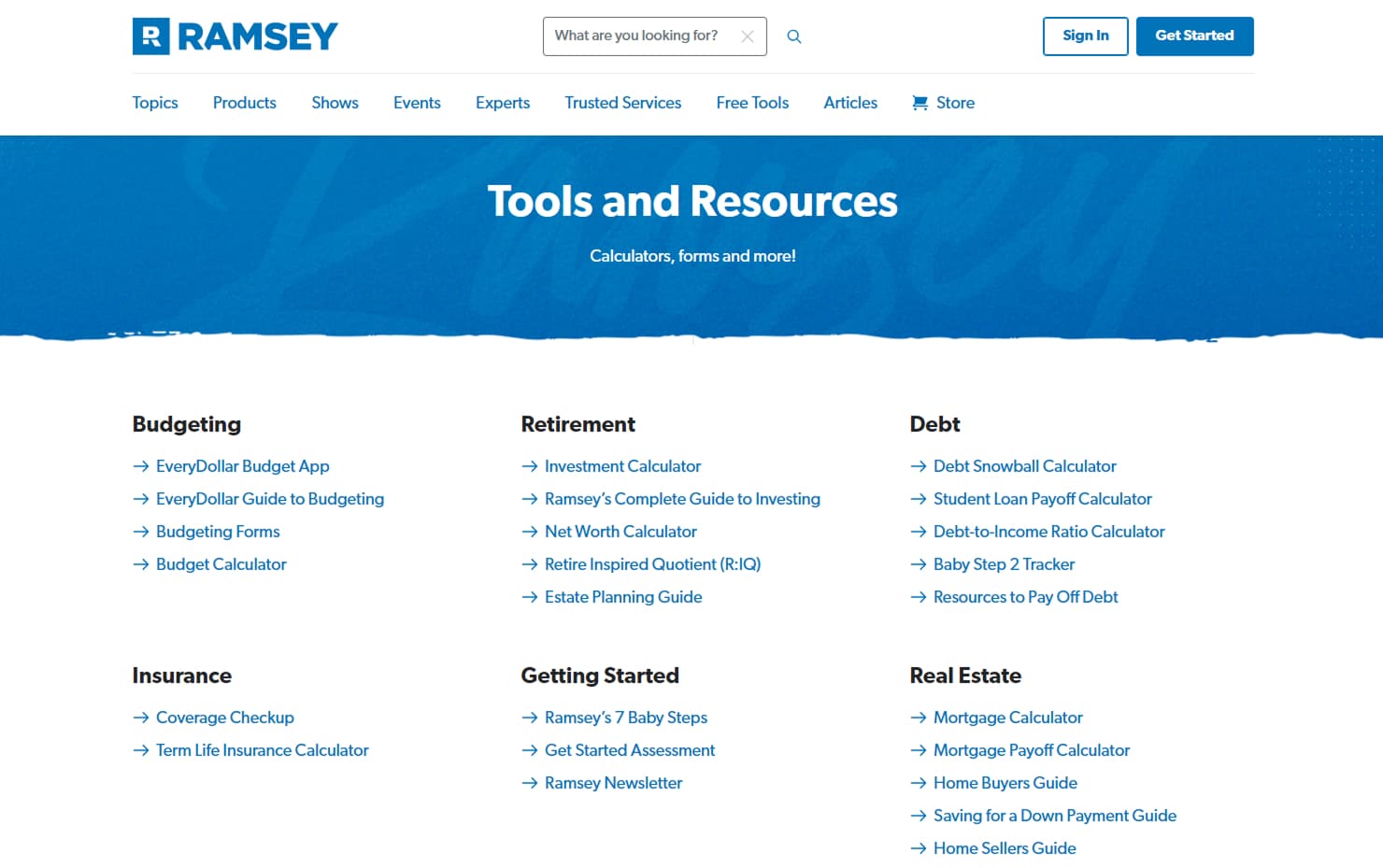
8. Ineffective Lead Capture Methods for Lead Generation
Your website should be set up to capture leads effortlessly. If your lead capture forms are hidden, overly complicated, or placed in hard-to-find spots, you’re missing out on potential conversions.
Why It Matters:
- Lead Generation: Effective lead capture is critical for turning visitors into potential customers.
- User Experience: A smooth, intuitive process for capturing information makes users more likely to share their details.
- Conversion Funnel: Every missed opportunity to capture a lead is a lost chance to nurture a potential customer.
What You Can Do:
- Optimize Forms: Ensure your forms are simple, clear, and easy to fill out. Simplifying the email sign-up form by asking only for essential details can significantly enhance the user experience and encourage completion.
- Strategic Placement: Place lead capture forms in prominent, high-traffic areas of your site.
- Offer Incentives: Consider offering a lead magnet—like a free guide or discount—in exchange for contact information.
Example: Dave Ramsey’s website excels at lead capture with its user-friendly tools and simple forms. Think about how you can make your process just as frictionless.
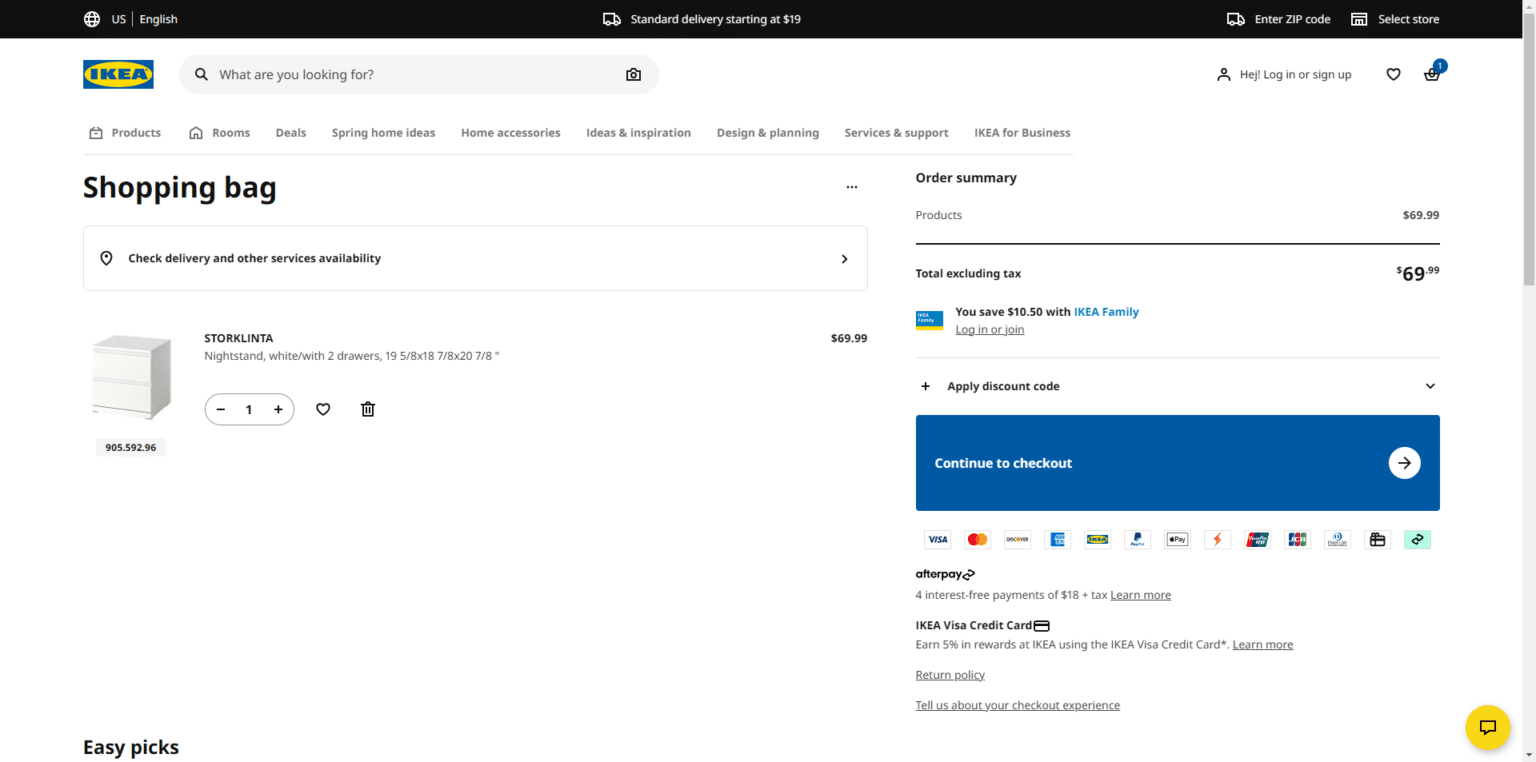
9. Confusing Checkout Process
For e-commerce sites, a convoluted checkout process can be a major barrier to conversion. Even if visitors want to make a purchase, a confusing or cumbersome process can force them to abandon their carts.
Why It Matters:
- Cart Abandonment: A complicated checkout process is one of the top reasons for high cart abandonment rates.
- User Frustration: Confusing forms, hidden fees, or unclear steps can leave users feeling frustrated.
- Lost Sales: Each additional step in the checkout process increases the risk that a sale will be lost.
What You Can Do:
- Simplify the Process: Streamline your checkout process by reducing the number of steps and fields required.
- Clear Guidance: Provide clear instructions and visual cues to guide users through the checkout process.
- Test and Optimize: Regularly test your checkout flow to identify and fix any pain points.
Optimizing the checkout process can significantly impact macro-conversions, which are one of the main types of website conversions, alongside micro-conversions.
Observation: Even major brands like IKEA have been criticized for confusing checkout processes. It’s a reminder that no matter how big you are, simplicity is key.

10. Lack of Data & Google Analytics
If you’re not tracking how users interact with your site, you’re essentially flying blind. Data and analytics are crucial for understanding where you’re succeeding—and where you’re losing conversions.
Why It Matters:
- Informed Decisions: Without data, you can’t know what changes will actually improve performance.
- Performance Monitoring: Tools like Google Analytics and heat mapping provide insights that help you optimize your site.
- Continuous Improvement: Data lets you see the impact of changes and make adjustments accordingly.
What You Can Do:
- Implement Analytics: Ensure that you have robust analytics set up on your website.
- Monitor Regularly: Review your data regularly to identify trends and areas for improvement.
- Make Data-Driven Decisions: Use the insights you gather to inform your design, content, and conversion strategies. Data-driven decisions can significantly enhance conversion rate optimization (CRO) efforts by providing actionable insights into user behavior and interactions.
Tip: If you’re not already using analytics tools, now’s the time to start. The data you gather will be invaluable in making smart, informed decisions.
Analyzing Visitor Behavior
Understanding Visitor Patterns
Analyzing visitor behavior is crucial for understanding how visitors interact with your website and identifying areas for improvement. By examining visitor patterns, you can gain insights into what drives visitors to take desired actions and what prevents them from converting. This information is invaluable for optimizing your website and enhancing the overall user experience.
To analyze visitor behavior, tools like Google Analytics are indispensable. They allow you to track key metrics such as page views, bounce rates, and conversion rates. Additionally, heatmaps and session recordings can show you exactly where users click and where they drop off. By collecting and analyzing this data, you can gain a deeper understanding of your visitors’ needs and preferences, enabling you to make data-driven decisions to improve your website’s conversion rate.
Moreover, consider using surveys and polls to collect feedback directly from your audience. This can provide insights into their needs and preferences, which you can use to personalize the user experience and improve your overall conversion rate. By understanding visitor behavior and analyzing visitor patterns, you can optimize your website to drive more conversions and enhance your overall online performance.
Wrapping It Up
There you have it—10 reasons why your website might not be converting as well as you’d like. From slow loading speeds and confusing navigation to ineffective lead capture and a lack of analytics, each of these factors plays a critical role in your site’s overall performance.
The good news is, that every one of these issues can be addressed with the right strategies and tools. Whether it’s optimizing your site’s speed, streamlining your checkout process, or simply making your value proposition clearer, small improvements can lead to big results.
At Muletown Digital, we’re passionate about helping businesses like yours turn their websites into powerful conversion machines. If you’re ready to dive deeper into these topics and explore actionable solutions tailored to your unique needs, we’re here to help.

Let’s Talk About Your Website’s Potential!
I’d love to chat with you about what you’re experiencing and share some ideas on how we can boost your website’s performance. If you’re interested in a deeper conversation, please feel free to book a call with us here. Let’s work together to turn your website into a tool that truly drives results.
Thanks for reading, and here’s to your online success!
Best regards,
Adam Silverman
Muletown Digital
Are you struggling to generate leads off of your website?
Ready to turn SEO challenges into opportunities? At Muletown Digital, we know that every missed keyword and technical glitch can hold back your growth. Let our expert team help you fine-tune your strategy—from targeted keyword research to flawless site performance and engaging content that converts. Invest in your online future today and contact us to unlock your website’s full potential.
Other Helpful Digital Marketing Insights
© Copyright 2025 Muletown Digital, LLC. All Rights Reserved.

